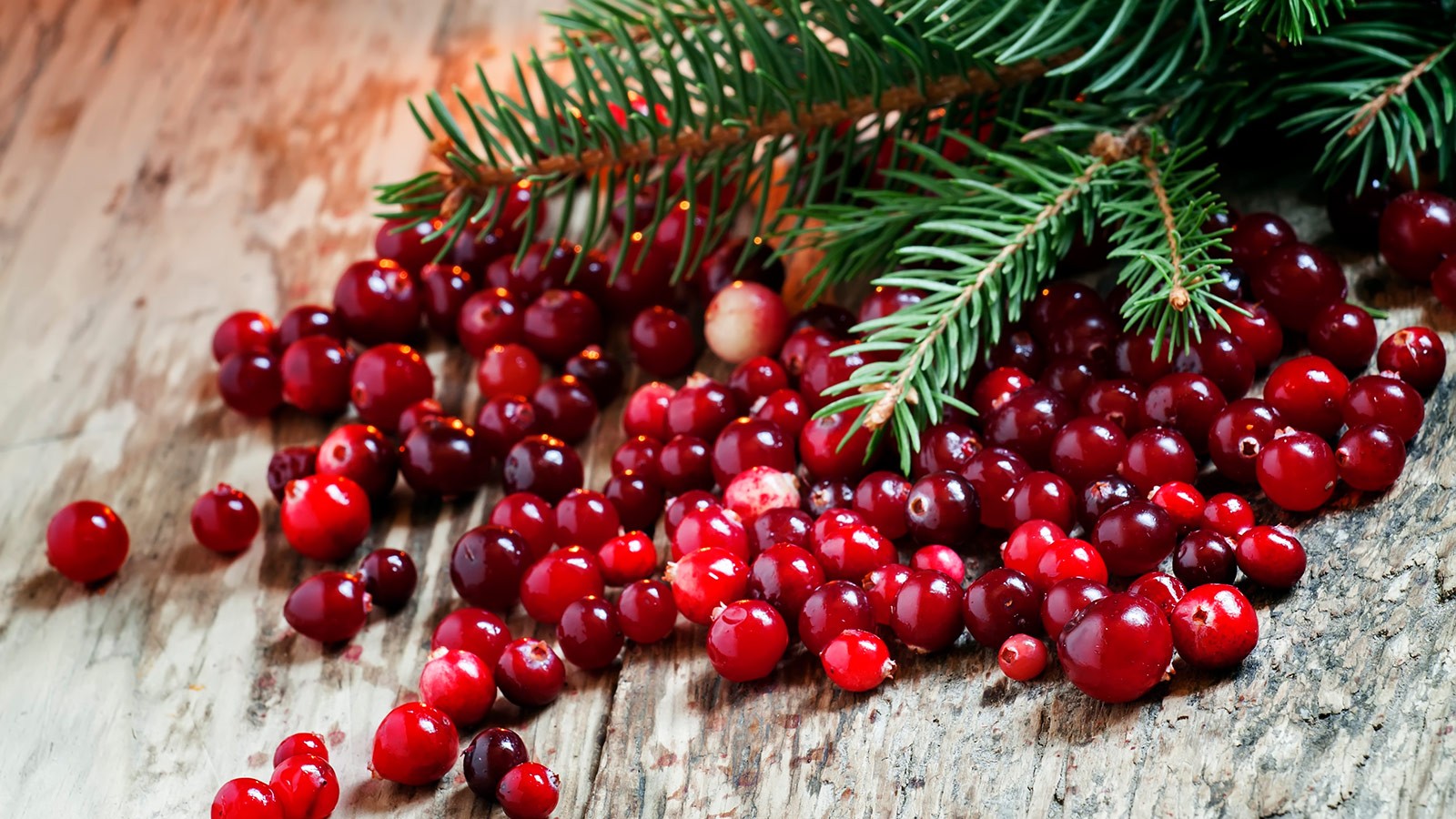Ask an Expert - Cranberries: A Healthy Holiday Choice
By Melanie Jewkes |
The health benefits of cranberries, combined with their unique taste, versatility and ease of use, make them a wise fruit choice not only during the holidays but year-round.
Since the peak harvest season is October through December, cranberries are used most often during the holidays, and once purchased, fresh cranberries can be stored in the refrigerator crisper for up to four weeks. They also freeze well and will last almost a year in airtight freezer bags. Cranberry juice, sauce and dried cranberries can be found in grocery stores year-round.
Because cranberries contain such high amounts of vitamin C, early sailors took them on long journeys to prevent scurvy. Cranberries also contain antioxidants and bacteria-blocking compounds that help prevent urinary tract infections, ulcers and gum disease. Cranberry juice is the most common form of its use. During the holiday season, cranberries can be found in stuffing, dressing, relishes, and of course, cranberry sauce. Consider these tips on cranberry selection and use.
• Choose fresh cranberries that are full, plump, firm, and dark red or yellowish-red. Avoid cranberries that look bruised or shriveled.
• Before use, rinse fresh or frozen cranberries and discard any that are damaged. It is not necessary to rinse before freezing, and there is also no need to clean dried cranberries.
• When cooking, heat cranberries just until they pop. Further cooking will result in a more bitter taste. Raw cranberries are tart, but using them fresh or dried adds color and nutrition to recipes.
• Cranberries are versatile and can be combined with many other flavors. Try mixing cranberry juice with other juices such as apple, orange or grape. Dried cranberries can be used in place of raisins, added to nuts, granola or oatmeal. Fresh or dried cranberries work well in quick breads such as muffins and in sweet breads and yeast breads. For a color and flavor mix up, try adding fresh or cooked cranberries to green salads, roasted vegetable medleys, fruit salads, whole grain bowls, sauces or meat marinades.
• Fresh cranberries can be preserved and used to make such novel canned items as spicy cranberry salsa and cranberry orange chutney. They can also be dehydrated at home.
WRITER
Melanie Jewkes
Family and Consumer Sciences Faculty
Utah State University Extension
385-468-4838
melanie.jewkes@usu.edu
ADDITIONAL RESOURCES
TOPICS
Extension 451stories Food 167stories Wellness 161stories Nutrition 80storiesComments and questions regarding this article may be directed to the contact person listed on this page.







